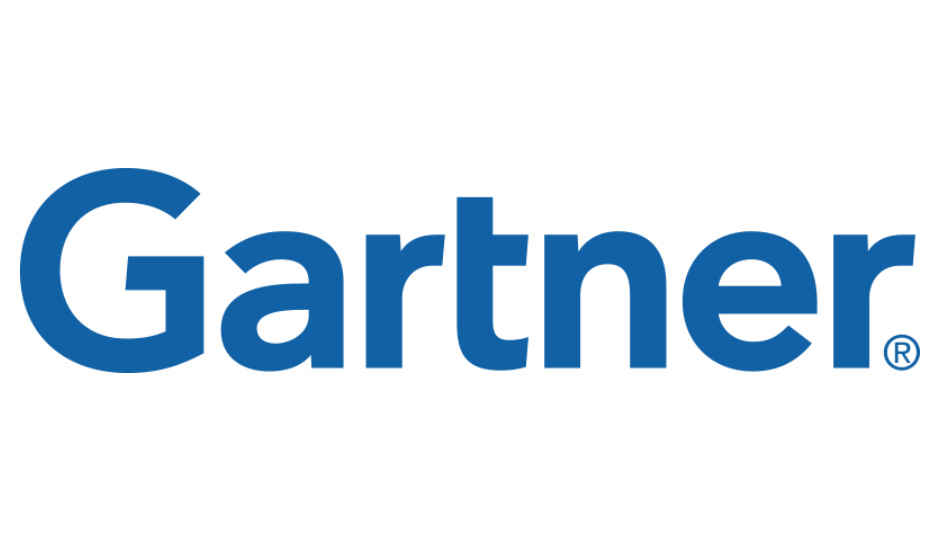PC vendors need to overhaul their business, or leave the market by 2020: Gartner

Gartner says that PC vendors need to rapidly determine what changes to make of alternatives to adapt to if they wish to stay in the over-penetrated PC market
PC vendors will have to overhaul their business, or leave the PC market by 2020 according to a report by Gartner. The firm notes that vendors to need to rapidly determine what changes to make of alternatives to adapt to if they wish to stay in the over-penetrated PC market. Gartner has also given four alternative strategies to PC vendors. These strategies are aimed at helping vendors adapt to the PC market of the future.
Read the complete press release below
Business leaders of PC vendors face a stark choice and must decide between overhauling their businesses or leaving the PC market by 2020, according to Gartner, Inc. If they decide to stay, they need to rapidly determine what changes to make or what alternatives to adapt in today's over-penetrated PC market.
"The PC business model as we have traditionally known it, is broken. The top five mobile PC vendors have gained 11 percent market share over the past five years — from 65 percent in 2011 to 76 percent in the first half of 2016; but this has come at the expense of profitable revenue," said Tracy Tsai, research vice president at Gartner. "While this does not mean that the PC market is finished, the installed base of PCs will continue to decline over the next five years, with a continuing erosion of PC vendors' revenue and profit."
"The traditional way of gaining shipment market share by competing on price to stimulate demand simply won't work for the PC market over the next five years," said Ms. Tsai. "Today's PC vendors need to adjust to the new realities that are shaping consumption, including the fact that PC users are extending PC lifetimes until end of life, business PC applications and storage are moving into the cloud, and are less reliant on PC performance and, crucially, that price and specification are not enough for a user to upgrade a PC — a new and better customer experience is the only true differentiation."
Gartner has identified four alternative strategies that PC vendors can use to adapt to the PC market of the future. These are based on corporate culture and assets, business operation and technology innovation, and completely revamping the business.
Alternative 1 — Current Products and Current Business Model
This alternative is the most conservative approach, with the vendor running a current business operation and selling a current PC product. It requires high volumes to generate enough cash flow to cover the cost of business, so, in a declining market, consolidation of vendors is inevitable. The purpose here is to protect and keep the PC business running, but the risks are high, especially given Intel's and Microsoft's alternative focus moving forward.
"PC vendors need to streamline operations, shift their focus away from gaining share, and increase the sales proportion of midtier and high-end products to improve operating profits for long-term business sustainability," said Ms. Tsai. "Another key factor that needs to change is the sales compensation scheme. PC vendors need incentives to drive their internal sales teams and channel partners to move away from a focus on volume and market share to margins and profitability. PC vendors also need to shift focus away from 'distributor and reseller customers' wants' to 'users' needs.”
Alternative 2 — Current Products and New Business Model
This alternative suggests that PC vendors form a new team that can experiment with new business and revenue models for PC products, such as PC as a service. In this scenario, the business model is agile, allows risk taking and accepts failure. Vendors could, for example, partner with a digital education content publisher. The vendor's two-in-one devices are bundled with digital content on a subscription basis; the PC is free to users but is subsidized by the publisher.
Alternative 3 — New Products With Current Business Model
The third alternative is a more conservative way to explore new product offerings and new market opportunities, such as making PCs smarter in terms of sensing, speech, emotion and touch; expanding new products for the connected home; or developing products targeted to vertical markets. It's a gradual way for PC vendors to expand into new products based on their current business model.
Alternative 4 — New Products With New Business Model
Alternative 4 is the most aggressive way to transform in terms of business operations and product innovations. In this scenario, PC vendors could establish a new business unit to run business in a different mode and explore new technology solutions to create a completely new product line. This would include working with new channel partners and independent software vendors (ISVs) and partnering with startups. The resources and revenue model might be completely different from a vendor's existing structure.
An example could be personal assistant robots. A PC can serve as an "information butler" at home, a combination of a chat bot and voice-activated virtual personal assistant, with revenue from developers and third-party content and service providers, such as those in retail, healthcare, education, video or music.
"Business leaders of PC vendors need to think about business outcomes based on the four alternatives discussed here," said Ms. Tsai. "Some vendors may need a whole new business and product strategy to turn their situation around. PC vendors need to identify their core competencies, evaluate their internal resources, and adopt one or more alternative business and product innovation models to stay in or leave the PC business."





